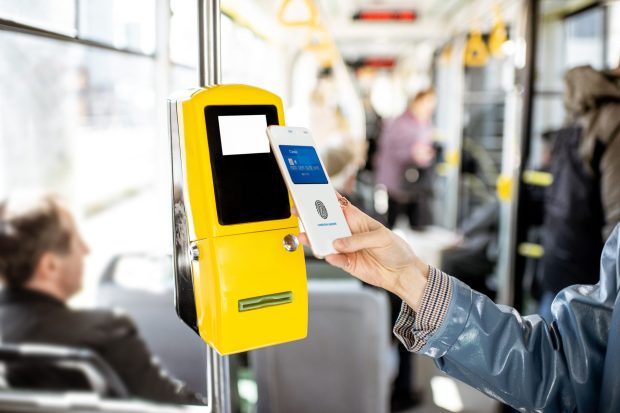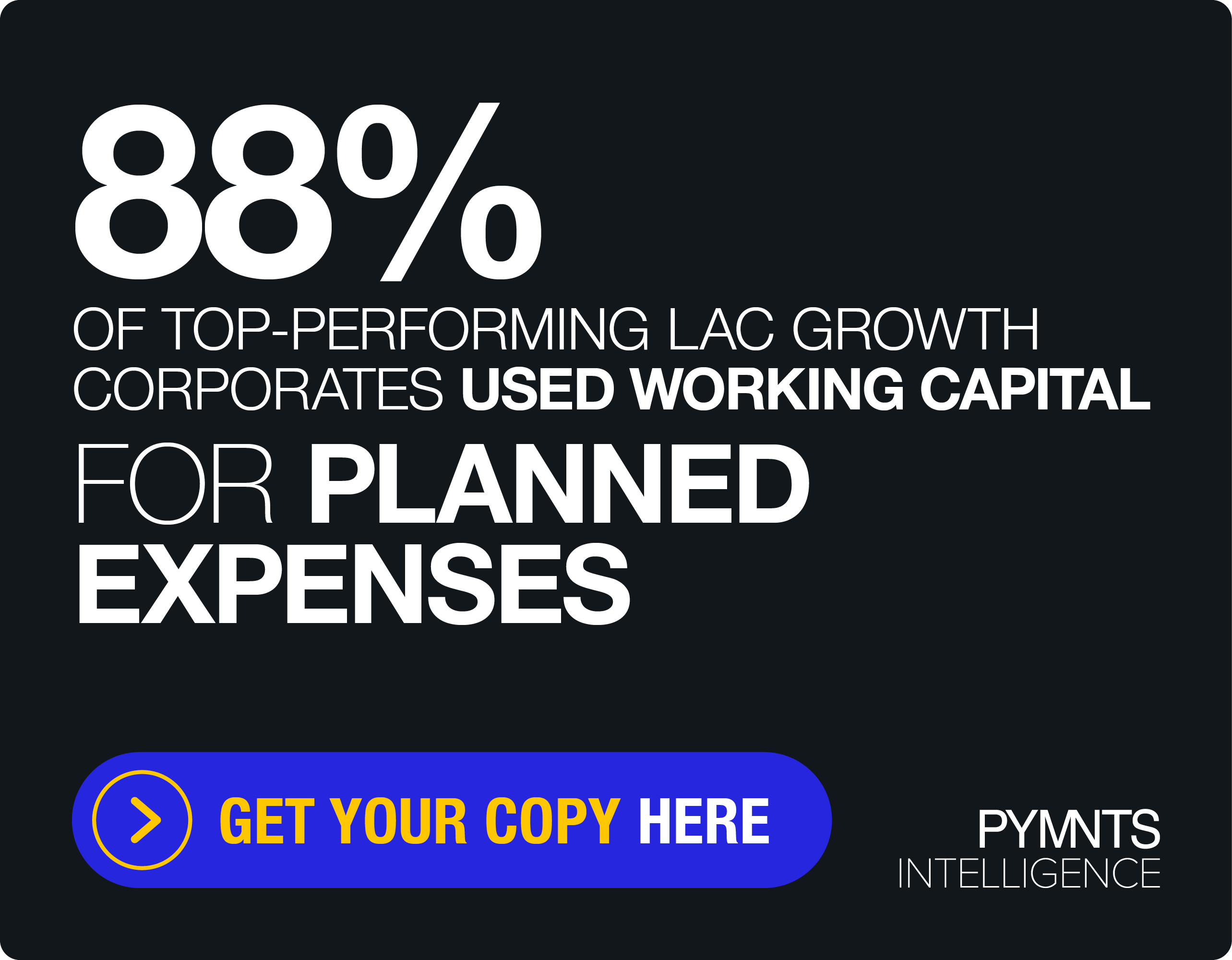Contactless Payments Could Outlive COVID-19

The combination of pandemic-related restrictions and consumer fears of contracting COVID-19 through cash transactions and ATM visits helped drive a sudden enthusiasm for contactless payments in 2020.
And nearly two years after the first COVID-19 lockdowns began, that enthusiasm doesn’t seem to be waning.
In the U.S., contactless payment use rose 150% between 2019 and 2020, while consumers in the U.K. spent 66.5 billion pounds ($89.9 billion) in contactless transactions during the first six months of last year. This boom in contactless tech use led the U.K. to up its contactless transaction limit to 100 pounds ($135 USD).
This isn’t a case of people resigning themselves to using contactless payments until things get back to “normal”: 89% of U.K. citizens and 76% of Americans say they prefer contactless payments over other available methods, which further underlines their likely staying power in the years ahead.
Contactless payments aren’t just at work in retail outlets either. U.K. railway stations have begun incorporating them for health- and safety-conscious travelers.
The British government recently launched its Integrated Rail Plan, which will let riders conduct touchless fare transactions using debit or credit cards at more than 700 railway stations throughout the North and Midlands. While these regions’ commuter stations will be the first to experience the contactless pay-as-you-go ticketing technology, the U.K. government has plans to eventually offer the capability at all stations across the country.
The rollout will happen over the next three years and include bus and tram networks as well as trains, according to the U.K. government. Contactless tap-in and tap-out payments will hopefully also eliminate the need for ticket lines and fare offices while simplifying fare pricing.
This is part of a broader trend among transit authorities to innovate fare payment technologies to attract riders back to their platform. A recent report from Smart Cities found that more than half of agencies are considering mobile ticketing offerings while and just under half plan to launch contactless payment solutions.
To learn more about the rise of contactless payments in the transit world, download the Transit Payments Report, a PYMNTS and American Express collaboration.
